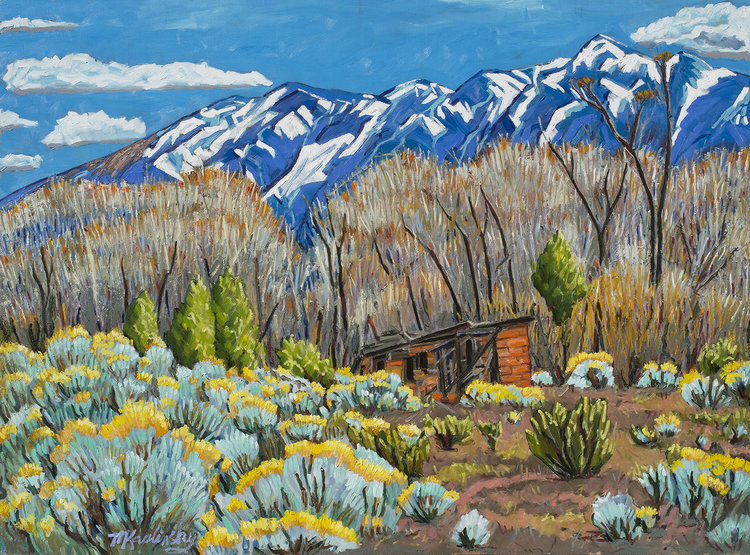Blog

From our earliest existence in prehistory down to the digital age, art has served as a constant in our human experience. Caves in France still bear the meticulous paintings of people and long-extinct animals.
This signifies that we as humans have always had a primal and fundamental urge to express ourselves. Art merges ideas created by the mind with images from the world around us.
Art engages us in several ways. Some artists create art to bring their own visions to life. Most create privately for their own enjoyment, as well as that of family and friends. Others create art for public enjoyment or profit.
The making of art represents only one side of the picture. Enjoyment of looking at a painting or sculpture, listening to a treasured piece of music, or appreciating a poem or a book can be helpful to the mind and body.
Studies increasingly show vital connections between art and wellness. Both the creation and the enjoyment of art bring incredible benefits that can even promote health.
Art Therapy’s Benefits
Most are familiar with the struggles of some of the world’s most famous artists. Vincent van Gogh’s mental illness, Edgar Allen Poe’s alcoholism, the drug-induced deaths of musicians such as Janis Joplin, Jim Morrison, and many others leave a perception that art must be associated with depression, anxiety, addiction, and crippling mental illness.
Studies, however, show us that art in all forms can be therapeutic.
Almost a quarter of a century ago, long time Psychology Today editor in chief Robert Epstein described the connectionsbetween artistic expression and human happiness.
Epstein, now Senior Research Psychologist at the American Institute for Behavioral Research and Technology, wrote in 1996 that “greater creativity breeds greater happiness. The creative process is itself a source of joy for most people. And with new creative powers, we're also better able to solve the little problems that beset us daily.”
Winston Churchill suffered from self-admitted suicidal thoughts and depression. Alongside his extensive consumption of alcohol, the two time British Prime Minister forced his mind to relax by painting landscapes. According to biographer Roy Jenkins, the “pastime calmed his mind and helped him to come to some sort of terms with his reduced political prospects. (in 1915, Churchill was removed from a cabinet post, sparking a major depression.)”
Experts now urge the incorporation of art therapy into a variety of therapeutic situations. Studies have shown that combat veterans diagnosed with PTSD, for example, experienced significantly reduced symptoms with directed art therapy.
Falling In Love . . . With Art
You do not have to pick up a canvas, paintbrush, or palate to enjoy the emotional and health benefits of art.
Nearly a decade ago, a landmark University of London study indicated that simply viewing great art could produce brain-based reactions that improved emotional health and well being.
The researchers exposed individuals to examples of Renaissance-era art, such as Botticelli’s Venus and more modern pieces such as John Constable’s Salisbury Cathedral. The study showed that exposure to pleasing art caused reactions, such as dopamine releases, loosely similar to falling in love.
Although not conclusive, the linkage between art and dopamine has potential treatment uses. Not only new lovers experience surges of dopamine. Most addictive drugs cause the same response, and many treatments search for healthy stimulation of dopamine to replace that of drugs. We think that art that can do that is certainly artwork Texas residents will fall in love with.
Reach Out Today
Learn more about my work by contacting me today. I specialize in creating folk-based Impressionist paintings that not only decorate walls, but also inspire the artistic mind in others. Check with my website often for information on how to purchase my art or come to a show.